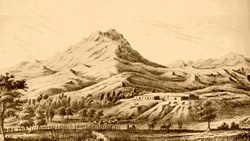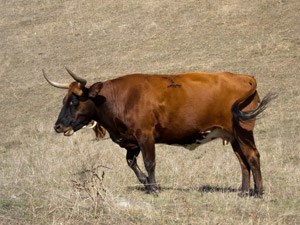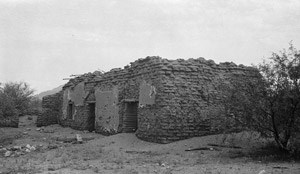
Mission San Cayetano de Calabazas
Tumacácori National Historical Park, Arizona
Coordinates: 31.567472,-111.051842
#TravelSpanishMissions
Discover Our Shared Heritage
Spanish Colonial Missions of the Southwest Travel Itinerary

Courtesy of the National Park Service

By Frederick Nichols, Historic American Building Survey. Courtesy of Library of Congress.

Photo by Ellen Levy Finch. Courtesy of Wikimedia Commons.

Courtesy of the National Park Service.
After the war, Calabazas changed hands multiple times as the United States government determined the legality of private land claims within the Gadsden Purchase. In 1964 the land was sold to the Gulf-America Corporation. In 1960, Father Norman Whalen from Tombstone, Arizona, recruited preservation volunteers who capped the walls and laid a cement foundation. Calabazas was entered into the National Register of Historic places in 1971, and the corporation donated the land to the Arizona Historical Society in 1974.
Plan Your Visit
San Cayetano de Calabazas is a National Historic Landmark (text and photos) located in Tumacácori National Historical Park, a unit of the National Park System. The visitor center for Tumacácori National Historical Park is at 1891 East Frontage Rd., Tumacácori, AZ. San Cayetano de Calabazas is accessible January-March, by reservation. For more information, visit the National Park Service Tumacácori National Historical Park website including its featured page on San Cayetano de Calabazas, or call 520-377-5060.
San Cayetano de Calabazas has been documented by the National Park Service's Historic American Buildings Survey. Tumacácori National Historical Park is featured in the National Park Service Places Reflecting America's Diverse Cultures: Explore their Stories in the National Park System Travel Itinerary and the American Latino Heritage Travel Itinerary.
Last updated: April 15, 2016
